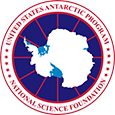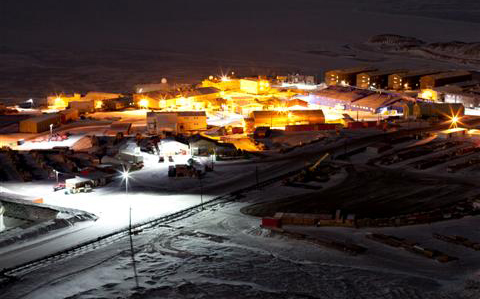|
Midwinter 2011Antarctic stations exchange greetings, look forward to the return of the sunPosted June 20, 2011
Antarctica’s most revered holiday was celebrated around the continent today. June 21, 2011 (local time), marks the winter solstice, the shortest “day” of the year in the Southern Hemisphere. Midwinter is a cause for celebration among the wintering parties in Antarctica, a tradition that dates back to the hearty explorers of the early 20th century, who would hold grand feasts. Every day after midwinter is another day closer to the return of the sun — reason enough to celebrate for those spending the winter months in the dark and cold of Antarctica. This winter perhaps holds perhaps a bit more significance than most in Antarctic history. One hundred years ago, British and Norwegian explorers were both wintering over in preparation for their historic race to the South Pole during the succeeding summer. Norwegian Roald Amundsen would eventually win the race, while British Capt. Robert F. Scott and his party would pay the ultimate price for failure. Today’s research station crews exchange Midwinter Greetings to one another through email, usually with photos of the group and a message of goodwill for the more than 40 permanent research stations on the continent. U.S. President Barack Obama “The dangers posed by climate change threaten every nation on Earth and will determine what kind of world our children will inherit. To protect our planet, we must better understand the role of the Polar Regions in Earth’s climate system, and how polar ecosystems are responding to variations in climate and greenhouse gases. Researchers working in Antarctica are at the forefront of understanding what these changes will mean for our ecosystems and for future generations.” Copies of the McMurdo, South Pole and Palmer |



For USAP Participants |
For The Public |
For Researchers and EducatorsContact UsU.S. National Science FoundationOffice of Polar Programs Geosciences Directorate 2415 Eisenhower Avenue, Suite W7100 Alexandria, VA 22314 Sign up for the NSF Office of Polar Programs newsletter and events. Feedback Form |


